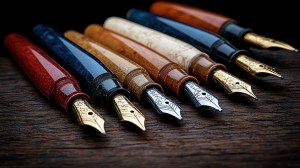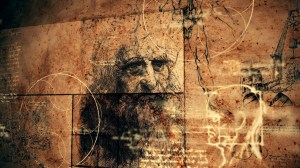How to Identify Authentic Vintage Telescopes: Expert Advice
Collecting vintage telescopes can be a rewarding hobby for both astronomy enthusiasts and antique collectors alike. With a rich history dating back centuries, these instruments not only offer fascinating insights into the cosmos but also serve as beautiful pieces of craftsmanship. However, distinguishing between authentic vintage telescopes and modern reproductions requires some expertise. In this article, we provide expert advice on how to identify genuine vintage telescopes.
Understanding the History of Telescopes
To effectively identify an authentic vintage telescope, it’s essential to have a basic understanding of its historical context. The first practical telescope was invented in the early 17th century by Hans Lippershey, followed by notable improvements by Galileo and Newton. Various styles emerged over the years, including refractors and reflectors. Familiarizing yourself with these historical developments will help you recognize key features typical of different eras.

Examining Materials and Construction
When assessing a vintage telescope, closely examine the materials used in its construction. Early telescopes were often made from brass or wood, which can give clues about their authenticity. Check for signs of wear that suggest age rather than damage from misuse or neglect—such as patina on brass components or scratches that show natural aging rather than recent wear-and-tear.
Identifying Markings and Labels
Many authentic vintage telescopes bear markings or labels that indicate their manufacturer or model number. Research reputable manufacturers from the era you are investigating—names such as Zeiss, Celestron, and Meade are well-known in modern times but have historical counterparts that may be significant as well. Look for original labels which might include serial numbers; cross-reference these with known records to verify authenticity.
Evaluating Optical Performance
An authentic vintage telescope should provide decent optical performance relative to its age and design limitations. If possible, take it outside on a clear night to test its capabilities under the stars. While you may not expect modern clarity levels from older models due to advancements in technology over time, they should still deliver satisfactory images without excessive distortion or aberration.
Consulting Experts and Collectors
If you’re unsure about your findings when identifying an authentic vintage telescope, don’t hesitate to reach out to experts in astronomy or antique collecting communities. This could include local clubs dedicated to stargazing or online forums where collectors share knowledge about specific models along with their experiences evaluating similar items.
Collecting vintage telescopes is an enriching endeavor that connects enthusiasts not just with astronomy but also with history itself. By following this expert advice on identification techniques—understanding their history, examining materials and construction quality, identifying marks and assessing optical performance—you’ll enhance your ability to find genuine pieces worth adding to your collection.
This text was generated using a large language model, and select text has been reviewed and moderated for purposes such as readability.












